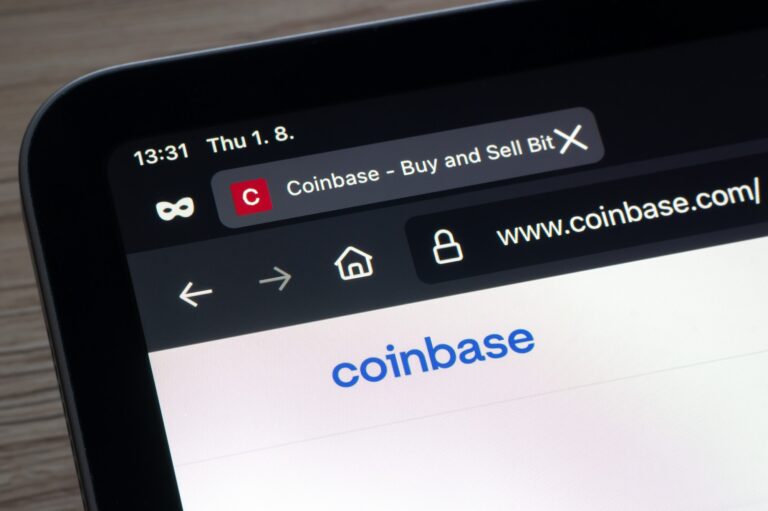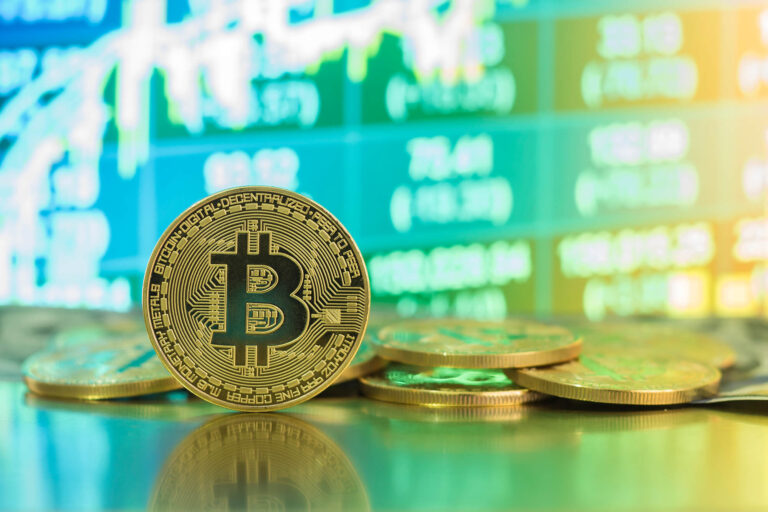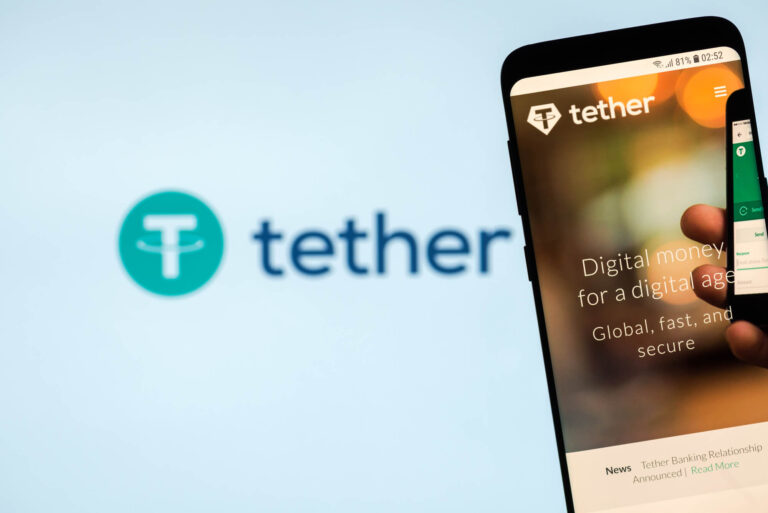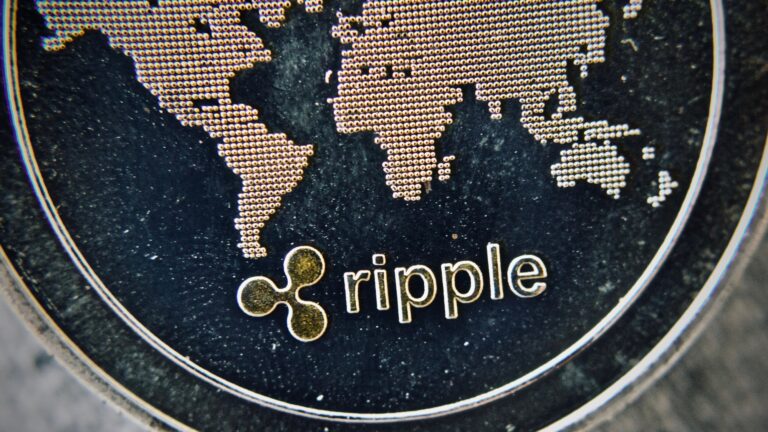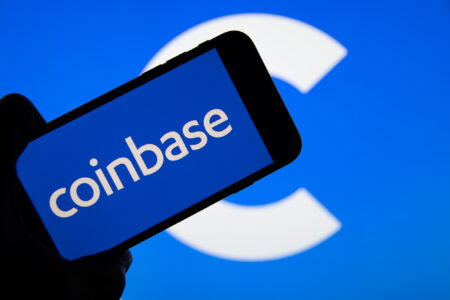The crypto exchange Coinbase has filed a self-certification with the US Commodity Futures Trading Commission (CFTC) to launch trading in XRP futures. This move is aimed at providing institutional investors with regulated access to XRP derivatives.
Coinbase plans to offer XRP futures under the ticker XRL, with each contract representing 10,000 XRP-equating to approximately USD 20,000 at current prices, according to official reports. The launch is scheduled for April 21. Other platforms such as Binance and Bitnomial already offer similar products. Despite regulatory progress, overall market sentiment toward XRP futures remains cautious.
XRP futures for US customers
According to the filing, Coinbase intends to offer monthly-settled, margin-traded XRP futures under the ticker symbol XRL. Contracts can be traded for the current month and the following two months. As a safety measure, trading will be halted if XRP’s spot price fluctuates more than 10% within one hour. While this might seem unusual to crypto investors, it is a standard measure for regulated derivatives.
Coinbase has consulted with Futures Commission Merchants (FCMs) and market participants, who support the decision to introduce an XRP contract. The launch of these futures is planned for April 21, provided the CFTC raises no objections. Given the crypto-friendly stance of the agency’s leadership, approval is considered likely.
Competition and market sentiment
Coinbase is not the first provider of XRP futures in the US In March, Chicago-based crypto exchange Bitnomial announced the launch of the first CFTC-regulated XRP futures in the country. Additionally, major international trading platforms such as Binance, OKX, Bybit, and BitMEX already offer XRP futures, although these are not accessible to institutional US customers.
Despite these developments, market sentiment toward XRP futures remains muted. At the end of March, negative funding rates on XRP derivatives indicated a bearish outlook. Short sellers were paying premiums to maintain their positions, suggesting many expect further price declines and are willing to incur additional costs to bet on them.

